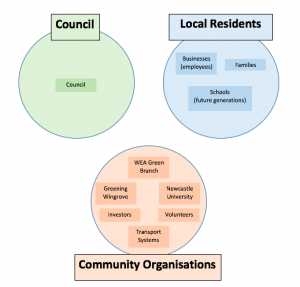This week during the seminar session we met Jen, our mentor, and had the opportunity to explain in detail the research, progress and initial ideas we had for our project. We explained to Jen how our project had developed from the initial brief, as that is the only information she had of our project until that point. We discussed with Jen our user research and told her our plans to run a workshop for the year 5 children of Front Street Primary School. Jen helped us to develop a clear, structured plan for the workshop. We also decided on our main aim for our project, to encourage pride and stewardship of young people in Chase Park. Jen also helped us to prepare questions ready for our interview planned for week 6 with Holly, the youth worker, from ‘Kick the Dust’. Aspects we plan to interview Holly on include, the context she works in, whether the people she works with are connected to Chase Park and what ideas she thinks are most likely to encourage engagement from younger people.
Week 5 was when the majority of our research into other projects in digital civics took place. One project we researched was Jen’s, ‘Participatory Media: Creating Spaces for Storytelling in Neighbourhood Planning’. This was useful as the project also used a park, Kingston Park. The project was to develop an app where citizens would have a platform to share their own stories. This project involved running workshops as a research method which we are also using as our own research. Another app we researched was an app created for breastfeeding mothers called ‘Feed Finder’. This app is location based, it provides. platform where breastfeeding mothers can rate and review places they have found to breastfeed for the information of other breastfeeding mothers. This app is loosely related to our project as it brings together experience of citizens themselves to create a reliable information service on an issue of importance to that community. Chase Park is an issue of importance to their local community, to have a location based app for Chase Park where users can share experiences, photos, videos, events etc in the park we believe would encourage others to visit.
Our next steps include: running the workshop at Front street Primary School, interviewing Holly from ‘Kick the Dust’ and drawing together all of our previous research to have a clear journey for our project development, ready for the midterm presentation at the end of week 6.

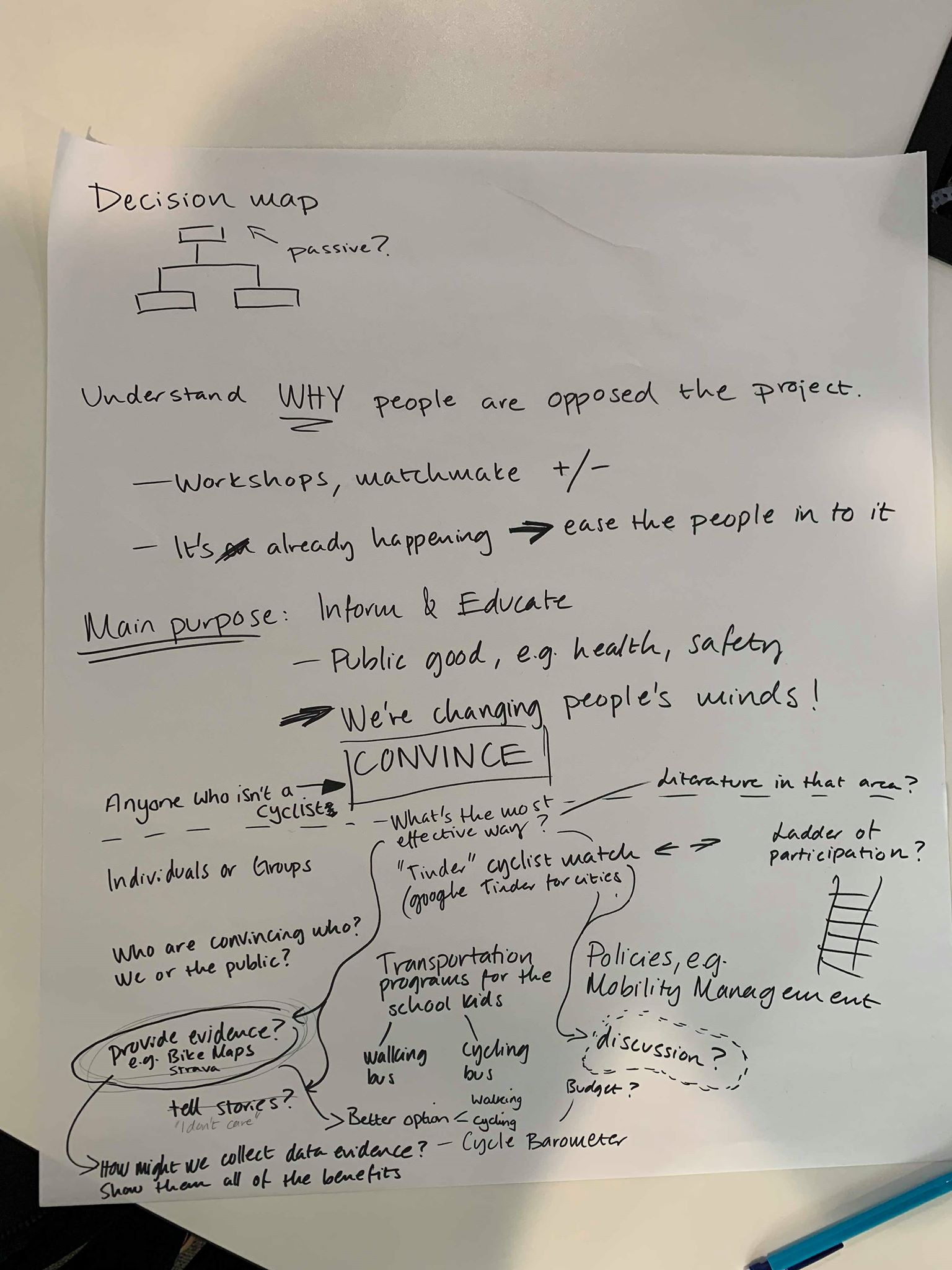
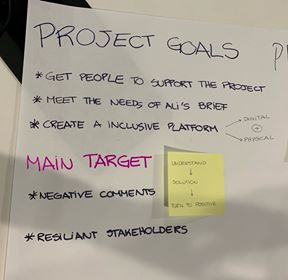
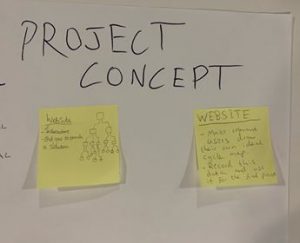
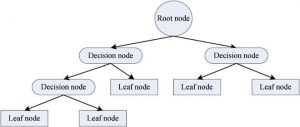
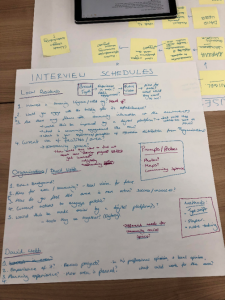
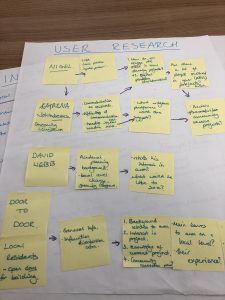

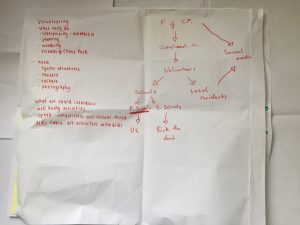
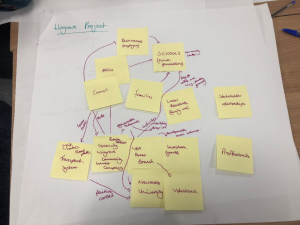 We began by naming the main stakeholders such as families, local residents, community organisations and WEA Green Branch, then branching off from these, connecting in other local groups. We discovered that the WEA Green Branch would have a link with the Greening Wingrove Community Interest Company and also with investors (who provide grants for events and developments). Volunteers and students from Newcastle University were also interlinked within this group as they would help provide support for many of the events done by WEA and Greening Wingrove. Another connection was found between the WEA and schools in the area, as education centres are a central hub for community connection. We felt having schools as one of the key stakeholders would help disburse information more effectively. Lastly, from schools there comes a link with families, the police, businesses and the council, therefore creating a bridge between the different interest groups within the area.
We began by naming the main stakeholders such as families, local residents, community organisations and WEA Green Branch, then branching off from these, connecting in other local groups. We discovered that the WEA Green Branch would have a link with the Greening Wingrove Community Interest Company and also with investors (who provide grants for events and developments). Volunteers and students from Newcastle University were also interlinked within this group as they would help provide support for many of the events done by WEA and Greening Wingrove. Another connection was found between the WEA and schools in the area, as education centres are a central hub for community connection. We felt having schools as one of the key stakeholders would help disburse information more effectively. Lastly, from schools there comes a link with families, the police, businesses and the council, therefore creating a bridge between the different interest groups within the area.